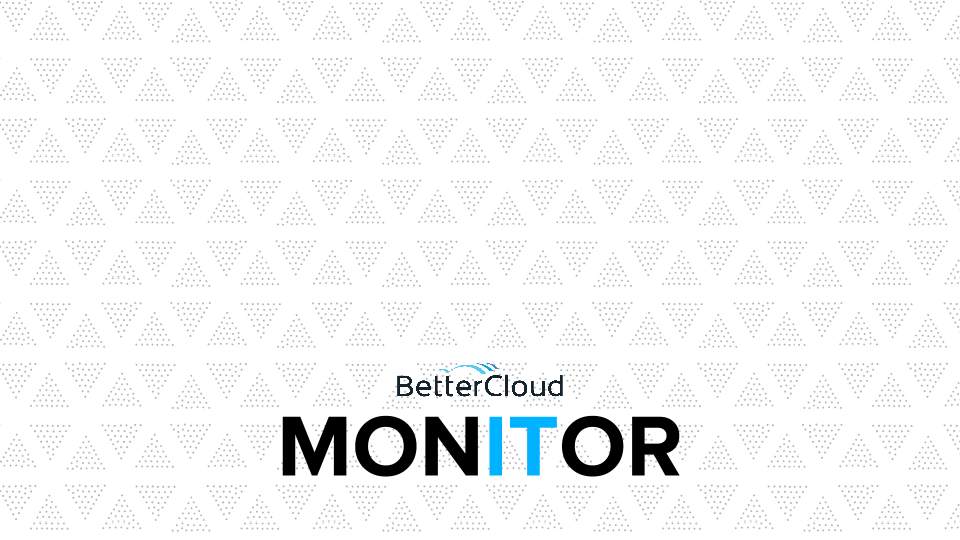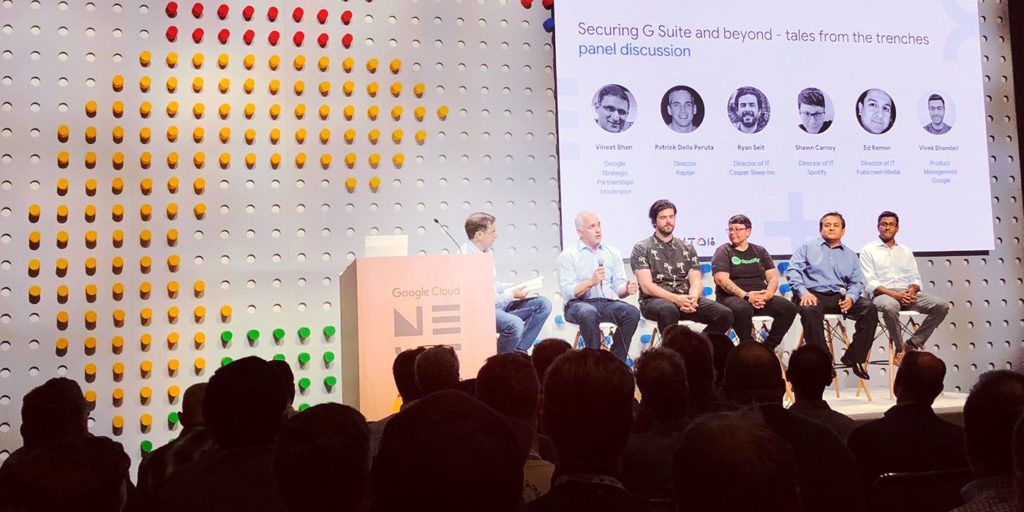Enabling APIs Through the Google Apps Control Panel
July 3, 2012
3 minute read

This post is part of Google Apps Admin Awareness Month, our month-long series where we spotlight a different tip for Google Apps administrators every day in July. Have a tip to share with your peers or have you always wondered how to do something in Google Apps? Let us know on Twitter @bettercloud.
What are APIs?
APIs, or application programming interfaces, allow different software components to communicate with one another. In order to make the process of ‘Going Google’ and setting up your Google Apps domain even easier, Google gives domain administrators the option to enable several APIs through the Google Apps Control Panel.
What APIs are available in the Control Panel and how do I enable them?
Email Migration
When an organization goes Google, there is always the tremendous undertaking of transferring years or even decades of backlogged emails. Luckily, Google provides an Email Migration API to make the process of transferring emails from a legacy system to Google Apps painless.
As an administrator, you can enable the Email Migration API by visiting the Settings Tab in the Control Panel and selecting “Allow users to upload mail using Email Migration API” in Email Services. Administrators can then write customized client applications or use samples from the client libraries to test or apply different migration scripts.
Email Auditing
The Google Apps Email Audit API allows administrators to examine a user’s mail, chats and drafts, retrieve account login information or download a user’s mailbox in order to ensure the user is operating within the guidelines your organization has set forth.
To create an email monitor, an administrator must send a post request to Google. For more information on the specific post request, check out the Google Apps Email Audit API developer page.
Reporting
Depending on the size of your domain and the number of active users logging into your account and creating Docs, Sites and Calendars, the Google Apps Reporting API can reveal very interesting information. This API allows domain administrators to retrieve usage reports for all of your domain’s hosted accounts.
To retrieve a report, admins can send an HTTP POST request to Google.
Provisioning
Enabling the Provisioning API will not only help manage users (create, retrieve, suspend and update an account), it can also customize Google Apps in several ways. The procedure to enable the Provisioning API as well as the available features differ depending on whether you have the Current or Next generation Control Panel. After enabling the API, you will be able to develop and program the application.
To enable the Provisioning API in the current Control Panel, visit the Settings sub tab under the Users and Groups section. There, select “Enable provisioning API.”
An administrator using the Next generation Control Panel can further manage users on multiple domains and organizational units. To enable the Provisioning API in the Next generation Control Panel, visit the User Settings su btab under Domain Settings. There, select “Enable the Provisioning API.”
Why should I enable Google Apps APIs?
Enabling APIs through the Google Apps Control Panel helps to customize your experience in the platform. From easier migration, to more in depth reporting, APIs provide a handy way to get more out of Google Apps.
About Google Apps Admin Awareness Month
At BetterCloud, we’ve seen first hand the impact Google Apps can have on a business: extreme cost cutting, streamlined management processes, enhanced collaboration and mobility and much more.
During our time as an independent software provider focused 100% on the Google Apps platform, we’ve interacted with thousands of organizations using Google Apps and realized that so many helpful features of the platform go unused by administrators.
This July, we’re devoting the BetterCloud blog to educating Google Apps administrators on the wide array of tips, tricks and features available in the platform. These features not only add crucial functionality, but save you time and effort!






